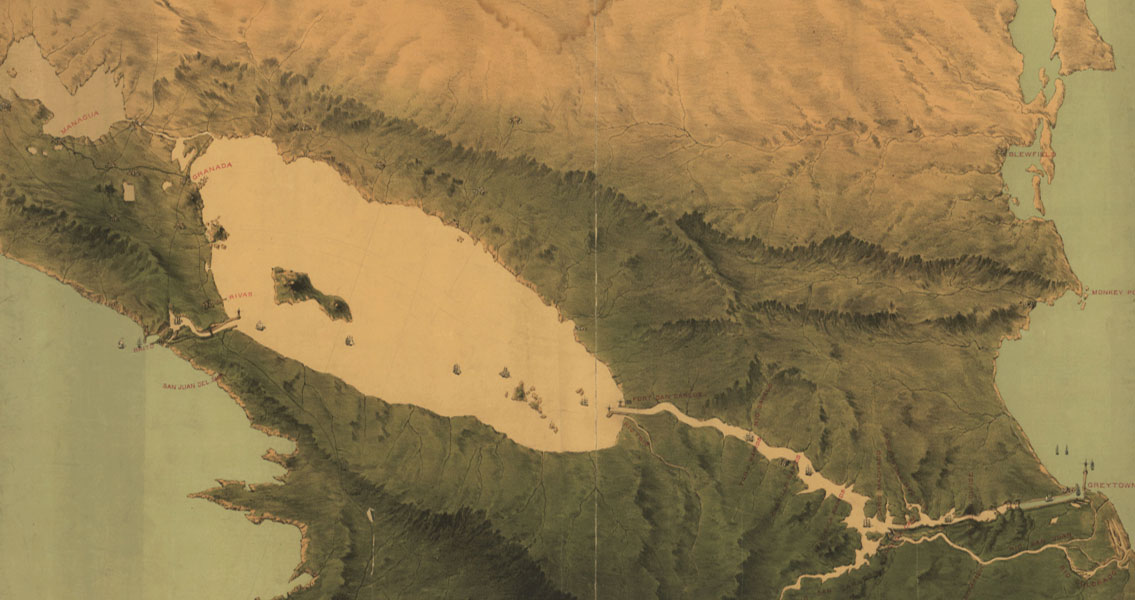<![CDATA[On the 27th November 1909 400 US Marines landed on the Caribbean coast of Nicaragua. The event would prove to be hugely significant in the long term history of Nicaragua, and marked the end of isolationism in American foreign policy. Officially the US Marines were responding to the capture and execution of two American citizens on Nicaraguan soil. The two citizens in question were mercenaries fighting in the Nicaraguan Civil War. In October 1909 an alliance of liberals and conservatives had joined forces in an attempt to overthrow the government of President Zelaya. The two mercenaries had gone to Nicaragua to fight on behalf of the anti-government forces. Their execution, authorised by pro-government forces, provided justification for the American military presence in the country. In reality the US interest in Nicaragua started long before the events in 1909. For much of the early twentieth century the US had been competing with Mexico for political influence in Central America. This meant it took an increasingly direct interest in the governments of countries in the region, and explicitly supported those that took a pro-American stance. Some historians have suggested there was another factor at play that affected Nicaragua much more directly. By 1909 the United States was investing heavily in the construction of the Panama Canal. It was already clear that this sea route would be hugely important in linking trade between the Pacific and Atlantic Oceans, and was something that America understandably wanted control over. It would also, of course, be hugely lucrative for the country where the canal was built. Zelaya was angered that the United States opted to build the canal in Panama, and started to make approaches to Germany and Japan for a competing canal to be built through Nicaragua. Inevitably, Zelaya's encouragement of a rival canal caused a serious deterioration in relations between Nicaragua and the US. In response to the killing of the two mercenaries, the American government totally severed relations with Zelaya and turned its support to Juan Estrada, the conservative general of the anti-government forces. A combination of the external pressure from the United States and domestic unrest ultimately led to Zelaya's resignation. The liberal government that succeeded Zelaya lasted until August 1910. After its collapse, Estrada became president, enjoying the support of the US. The event marked the changing tide of US foreign policy in the run up to World War One. In the half century or so following the American Civil War, the country had become increasingly inward looking, focusing on the internal problems of Reconstruction, economic hardship and social unrest. The events in Nicaragua in 1909 however, are evidence of the United States' realisation that it needed to become involved in international affairs to continue to grow economically. It was this trend that ultimately culminated in US involvement in the First World War. As for Nicaragua, ever since gaining independence from the Spanish Crown in 1821 it had felt the weight of the super power to its North. The events on 27th November 1909 were just one example of a long history of American involvement in the country's affairs, including an extended period of US occupation from 1912. This American influence would continue throughout the twentieth century.]]>
US Marines Land on Nicaraguan Soil
